We recommend a professional clean every six to nine months or more frequently for patients with ongoing treatment needs. If you’re visiting us for the first time, your professional clean typically happens after an initial examination with your dentist. This helps to identify any early signs of tooth decay or gum disease.
Haven’t had a professional clean in a while? Schedule your next visit by calling (08) 9227 8777 or book online.
Book online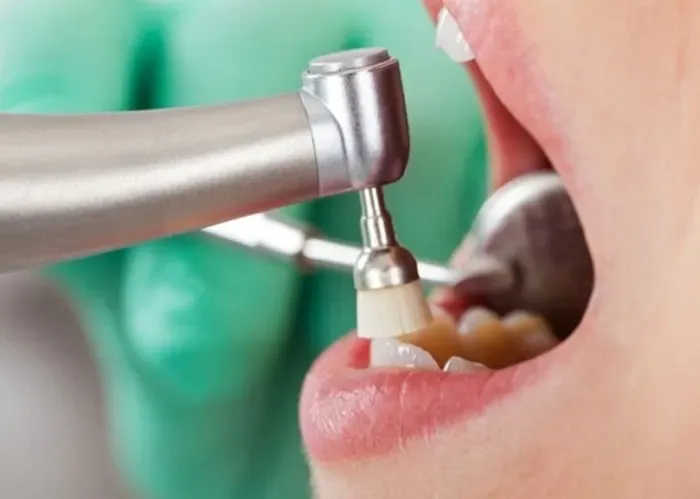
EMS Airflow® guided biofilm therapy is an innovative technique that uses air and water to gently clean and polish teeth with minimal contact and discomfort.
If you suffer from sensitive teeth and gums and have found professional cleans uncomfortable in the past, ask us about Airflow for your next dental clean. Similarly, if you experience dental anxiety, Airflow may also be recommended for your next clean.
Find out more by reading our blog or call us on (08) 9227 8777.
Learn more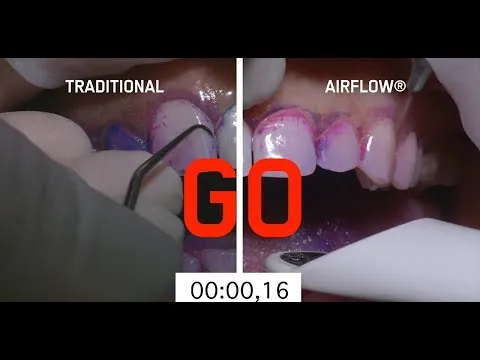
Practice good oral hygiene at home by brushing teeth at least twice a day, morning and night and flossing between teeth once a day. This helps prevent plaque build-up that can lead to tooth decay and gum disease. You can do your teeth and gums a world of good when you:
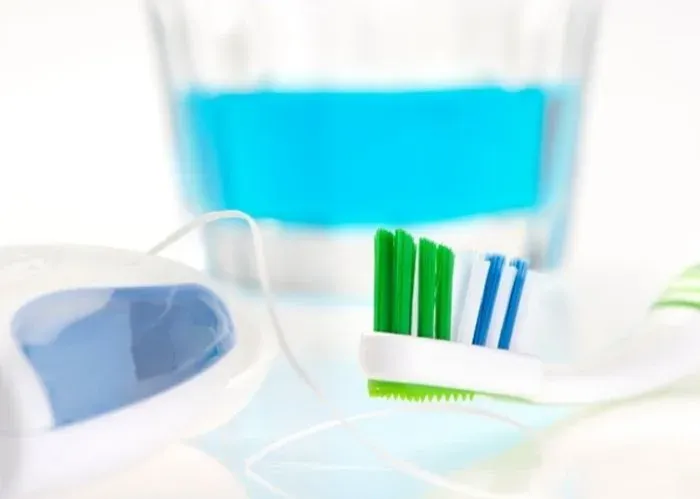
You might be brushing your teeth twice a day, but are you doing it right? Improve the effects of brushing by changing your technique:
Remember to change your toothbrush head every 2 to 3 months before it becomes too frayed to clean properly, and always wait at least an hour after meals to brush your teeth. Brushing your teeth too soon after eating can push bacteria further into the teeth and gums.
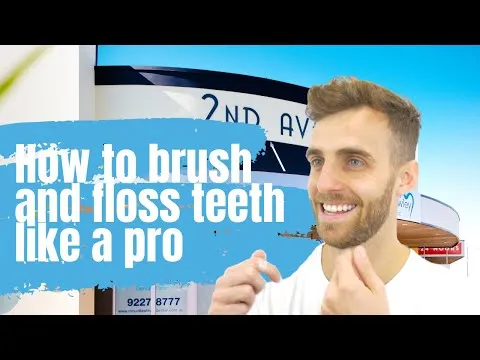
When we eat, food debris gets trapped between teeth and under the gum line. So even if you use the correct brushing technique, you won’t be removing dental plaque. When left untreated, plaque hardens, causing teeth to decay and increases your risk of developing gum disease. That’s where flossing comes in.
Wrap 45cm of floss between two middle fingers and gently glide it in a "C-shape" up and down between teeth, working it just under the gum line on each side. Use a clean section of floss and repeat until all teeth are done. Follow this flossing routine with brushing. If you find conventional floss tricky, try a dental tape which will glide between teeth easier. Alternatively, we may recommend flossettes or interdental sticks to help clean between teeth.
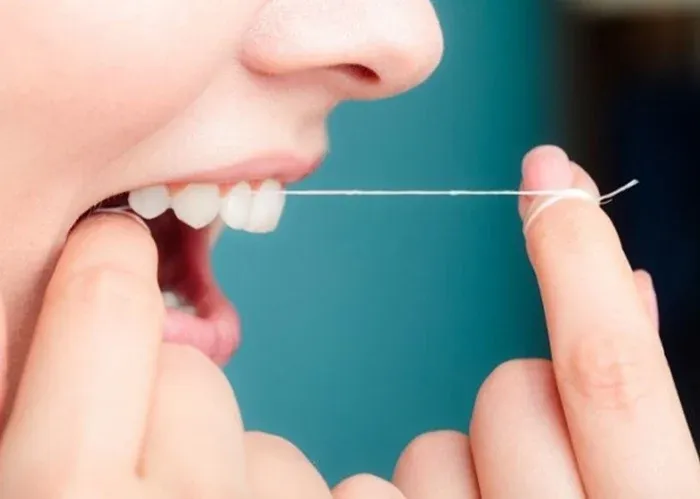
At Mount Lawley Dental, our team of dedicated hygienists can provide thorough scale and cleans to keep your pearly whites free from tooth decay and gum disease.
We’ll also share easy tips on how to keep your teeth and gums healthy at home. Book a professional dental clean for yourself or your child today on (08) 9227 8777 or book an appointment online.
Book online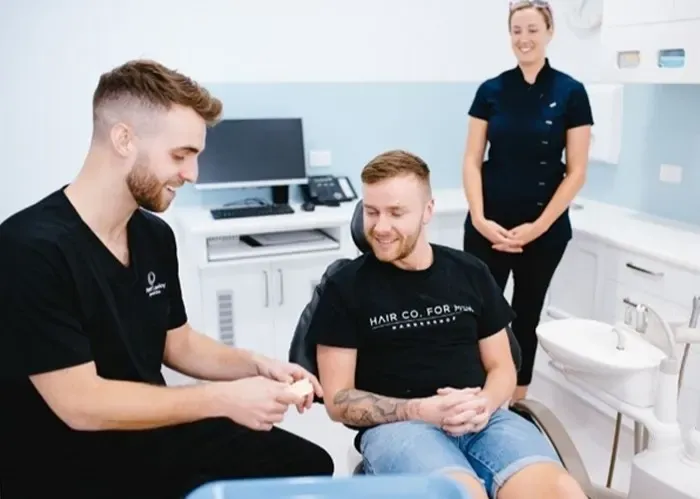
We’d like to welcome you to Mount Lawley Dental with our no-gap* new patient offer (valued at $516).
View Offer
 ▶
▶
Fluoride is a naturally-occurring mineral that’s found in soil, rocks, grains, vegetables and fresh and salt water. Fluoride has been found to strengthen tooth enamel and protect teeth from bacteria-causing decay across a wide number of research studies.
Most of Australia’s tap water has contained added fluoride as part of a community water fluoridation program, since the 1960’s, and has significantly contributed to improving Australian’s oral health. Fluoride is added to water treatment plants in safe levels that comply with the Australian drinking water guidelines.
In the past, there have been speculations that fluoride causes harmful effects, however, there is no scientific or clinical evidence that proves it. In over 30,000 studies, no evidence has been found that suggests fluoride when consumed in recommended levels is harmful.
New research has shown the best order to clean teeth is to floss before you brush. By flossing first, you loosen plaque, bacteria and food particles between teeth before brushing removes them.
Both electric and manual toothbrushes are equally effective at cleaning teeth and gums when using the correct brushing technique. It comes down to personal preference, however, younger children can find brushing more enjoyable with an electric toothbrush. A built-in timer also makes it easier to brush for the full 2 minutes.
If you prefer more control, a manual toothbrush may be easier to use, especially if you have existing dental conditions. Ask your dentist for their professional advice on the best toothbrush for your needs.
Toothbrush bristles mustn’t be hard as they can damage tooth enamel and cause gums to recede, and be sure to change the brush head every 3 months before they fray and become less effective.
Hold your toothbrush at a 45° angle with the bristles at the gum line and brush your teeth using a gentle circular motion. Start at the back of the mouth and carefully brush along the inner, outer and chewing surfaces. Remember to clean the inner front top and bottom teeth surfaces too.
 ▶
▶
Good oral hygiene is about maintaining healthy teeth and gums in order to prevent dental issues such as tooth decay and gum disease. These dental problems when left untreated can erode teeth and cause gums to pull away, weakening the tooth structure and resulting in tooth loss. Tooth loss affects the way you eat and speak and can create teeth alignment issues, jawbone deterioration and a sagging facial appearance.